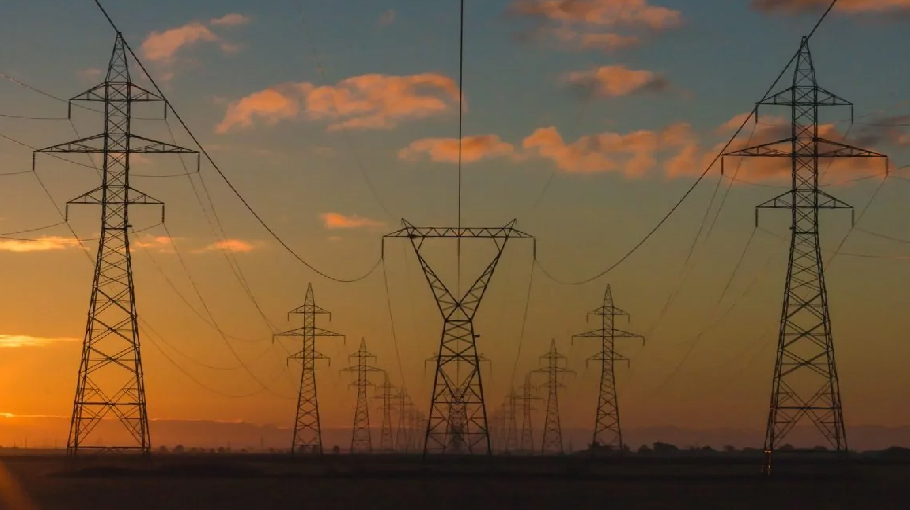Power crunch to ease from March

The power crisis in the country is likely to ease by March next year as the government expects to add around 2,500 megawatts (MW) more electricity to the national grid by that time.
To this end, some power plants are being constructed in different areas. If these power plants start generating electricity within the stipulated time, it will help meet the demand for power greatly, Bangladesh Power Development Board (BPDB) officials said.
State minister for Power, Energy and Mineral Resources Nasrul Hamid said “We are now in a good place in electricity in terms of consumer’s service. Sometimes there was some crisis, but now we have overcome it. In the coming years we will be able to provide better and uninterrupted power. We are moving forward to ensure reliable and uninterrupted electricity.”
After a delay of more than two years, finally the Aminbazar-Gopalganj 400KV double circuit power transmission line,considered one of the major power transmission lines in the country, has become operational. It will facilitate electricity transmission from the two large power plants – 1320 MW at Payra and 1320 MW at Rampal.
“The first unit with 660 MW of electricity of Rampal coal-fired power plant is ready to go into commercial production as started its experimental power generation from Saturday through the transmission line. Currently we are supplying 580-660MW of electricity in according to the demand. If everything goes well, the commercial operation of the first unit will begin this month and the second unit will go into generation by June, 2023, project officials said.
With the commissioning of the newly constructed line, the previously constructed Payra-Gopalganj 400 KV line and Gopalganj-Mongla 400 KV line have been connected to the Aminbazar grid substation on the outskirts of Dhaka. This has made the connection to the national grid stronger and more reliable with the greater Khulna and Barisal regions.
Power division official said the first unit with 660 MW of electricity from Payra 1320 MW coal fired power plant had started its generation in June 2020. The second unit with the same capacity was also ready for power generation in December that year.
However, the second unit could not be used for power generation as the transmission infrastructure was not ready. As a result, the government has to pay extra money as capacity charge for one unit of the power plant. Now the entire power generation of the power plant can be used due to the new line.
If the electricity from these two plants can come to the capital city, it will play an important role in improving the power supply situation.
Along with the two power plants, Adani Group of Jharkhand in India is ready to supply 750 MW of electricity by March. The second unit having the same capacity of electricity will start its operation by June next year.
Bangladesh Power Development Board (BPDB) sources said, some 80 to 99 percent work of three power plants has already been completed, which is expected to generate electricity by March. These are: Mirsarai 150MW (99 percent), Barishal 307MW (95 percent) and Hatiya 15MW (84 percent),
The government started planned load-shedding in the country from July 19 to save energy in order to reduce pressure on foreign exchange.
There was a shortfall of around 2000-2500 megawatts of electricity per day. Therefore, there had been load-shedding for up to eight hours in some parts of the country during the summer. But now it has come down. And if at least 2500 MW of electricity is added to the national grid within the stipulated time, it will help to reduce load shedding.
According to the BPDB, 35 power plants having the capacity of 13,134 MW of electricity are currently being constructed, and it has set a target of completing the projects by 2026. On the other hand, the construction work of the country’s first nuclear power plant having the capacity of 2,400 MW of electricity is going on in full swing, which is expected to start its generation by 2024.
Bangladesh’s grid connected power capacity is now 23,000 megawatts, including renewable energy and imported power. However, the government has set a target to generate 40,000 megawatts of electricity by 2030, and 60,000 megawatts by 2041.




